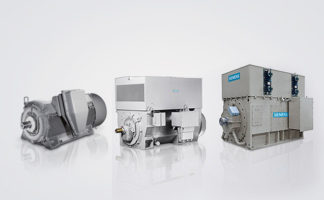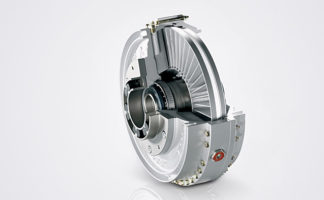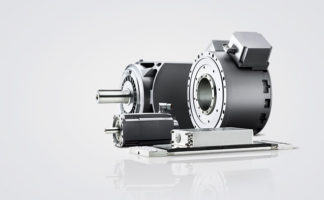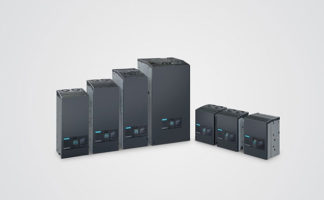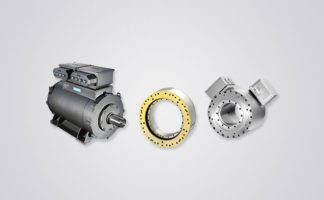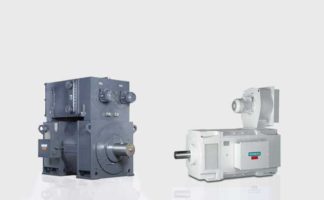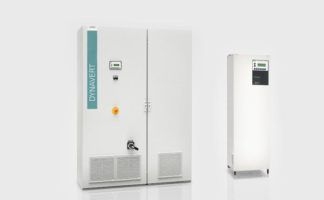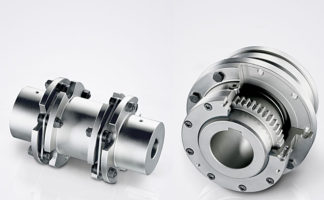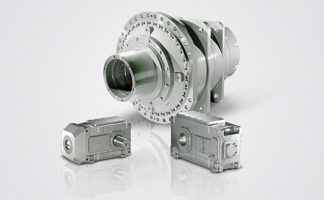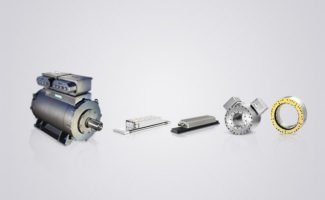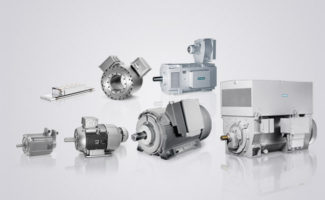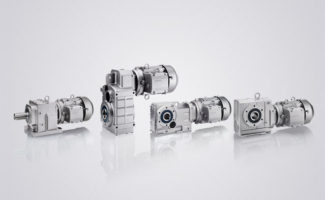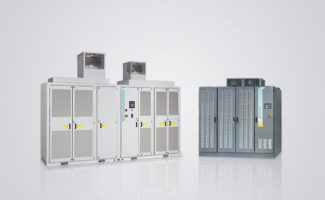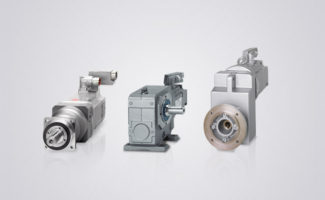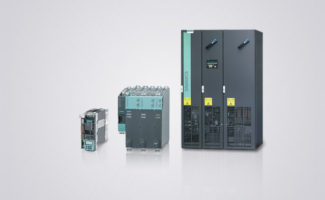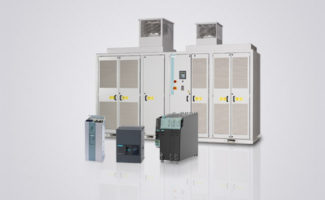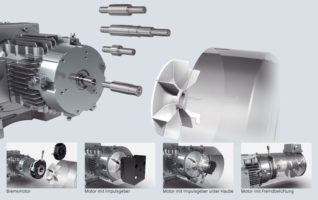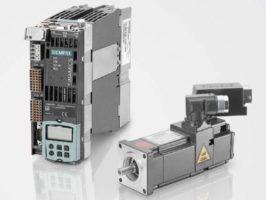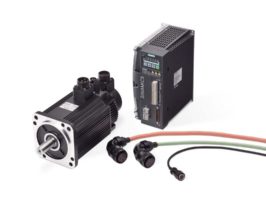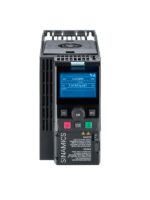
15/3
Siemens KT 10.1 · 2016
15
■
Overview
(continued)
Technical information and configuration
Power supplies general
Power supplies with in-phase regulation
Block diagram Transformer with in-phase regulation
The transformer with in-phase regulation operates according to
a conventional principle. The supply is provided from an AC sup-
ply system (one, two or three conductor supply).
一个变压器is used to adapt it to the required secondary voltage.
The rectified and filtered secondary voltage is converted to a sta-
bilized voltage at the output in a regulation section. The regulation
section comprises a final control element and a control amplifier.
The difference between the stabilized output voltage and the non-
stabilized voltage at the filter capacitor is converted into a thermal
loss in the final control element. The final control element functions
in this case like a rapidly changeable ohmic impedance. The ther-
mal loss that arises in each case is the product of output current
and voltage drop over the final control element.
This system is extremely adaptable. Even without further modifica-
tions, several output voltages are possible. In the case of multiple
outputs, the individual secondary circuits are usually generated
from separate secondary windings of the input transformer. Some
applications can only be resolved in accordance with this circuit
principle. Especially when highly accurate regulation, minimal
residual ripple and fast compensation times are required.
The efficiency is, however, poor and the weight and volume are
considerable. The transformer with in-phase regulation is there-
fore only an economical alternative at low power ratings.
Advantages:
•
简单可行的电路原理
•
Good to excellent control characteristics
•
Fast compensation time
Disadvantages:
•
Relatively high weight and large construction volume due to
the 50 Hz transformer
•
Poor efficiency, heat dissipation problems
•
Low storage time
Magnetic stabilizer
Block diagram: Magnetic stabilizer
The complete transformer comprises two components. The
"ferro resonator" and a series-connected auxiliary regulator. The
input winding and the resonance winding of the magnetic stabi-
lizer are decoupled to a large extent by means of the air gap.
The magnetic stabilizer supplies a well-stabilized AC voltage.
This is rectified and filtered. The transformer itself is operated in
the saturation range.
The ferro resonator frequently has a transformer with in-phase
regulation connected downstream to improve the control accu-
racy. Secondary pulsed switched-mode regulators are fre-
quently also connected downstream.
The magnetic stabilizer technique is reliable and rugged but is
also large-volume, heavy and relatively expensive.
Advantages:
•
Good to excellent control characteristics in combination with
transformer with in-phase regulation connected downstream
•
Significantly better efficiency than a transformer with in-phase
regulation alone
Disadvantages:
•
The ferro resonator is frequency dependent
•
The power supplies are large and heavy due to the magnetic
components
Secondary pulsed switched-mode power supplies:
Block diagram Secondary pulsed switched-mode power supplies
Isolation from the supply system is implemented in this case with
a 50 Hz transformer. Following rectification and filtering, the en-
ergy is switched at the output by means of pulsing through a
switching transistor in the filtering and storage circuit. Thanks to
the transformer at the input that acts as an excellent filter, the
mains pollution is low.
The efficiency of this circuit is extremely high.
This concept offers many advantages for power supplies with
numerous different output voltages.
To protect the connected loads, however, care must be taken; in
the event of the switching transistor breaking down, the full, non-
stabilized DC voltage of the filter capacitor will be applied to the
output. However, this danger also exists in the case of linear
stabilized power supplies.
Advantages:
•
Simple design and high efficiency
•
Multiple outputs, also galvanically isolated from one another,
are easily implemented by means of several secondary
windings
•
Fewer problems with interference than with primary pulsed
switched-mode power supplies
Disadvantages:
•
The 50 Hz transformer makes the power supplies relatively
large and heavy
•
The output ripple (spikes) correspond to those of a primary
pulsed switched-mode power supply
Rectifier
Filtering
U
out
Unstabilized
mains
Stabilized
Load
Transformer
G_KT01_EN_00177
Actuator
Ferroresonator
in case of
readjustment
U
out
stabi-
lized
Stabilized
output
voltage
Unsta-
bilized
mains
Load
G_KT01_XX_00178
Secundary
switched-mode
regulator
Switching
transistor
Transformer
Filtering
Rectification
Unstabilized
mains
U
out
Load
stabilized
G_KT01_EN_00179
Control
© Siemens AG 2016




